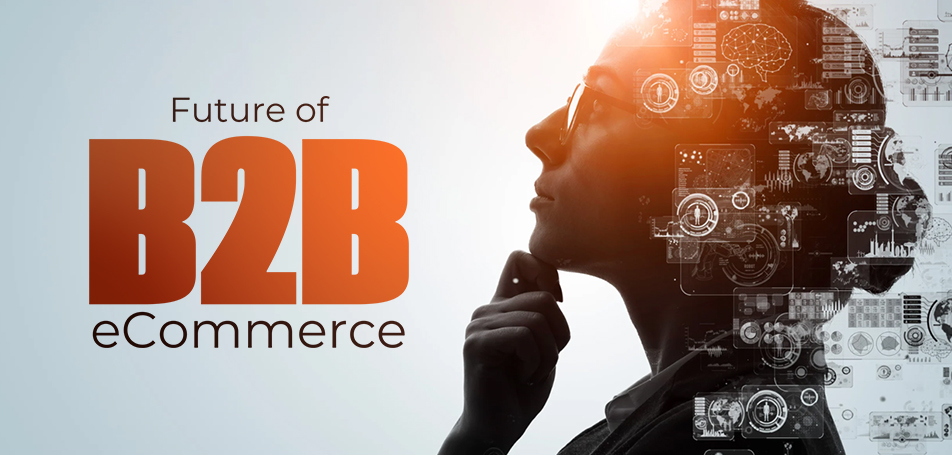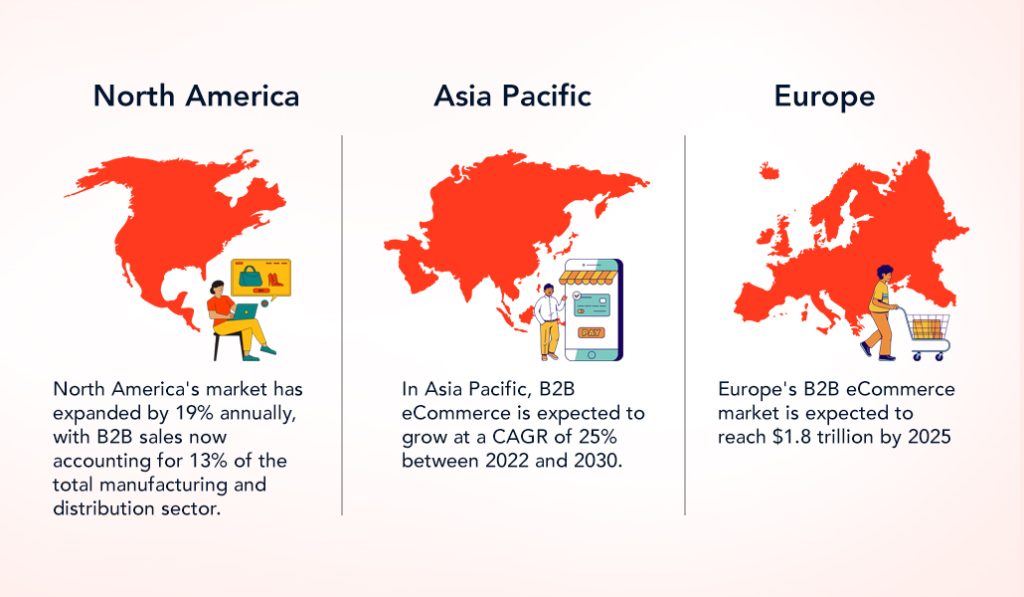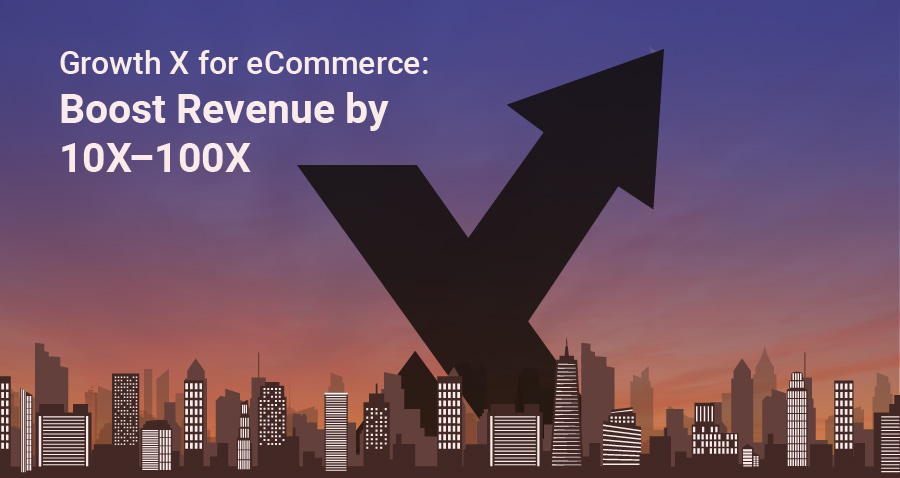
As we move into 2025, the landscape of B2B (business-to-business) eCommerce is experiencing rapid transformation. The digital shift that began years ago has accelerated, with advancements in technology, changing buyer expectations, and new market dynamics shaping the future of the eCommerce industry. Understanding these changes and how they will impact B2B commerce is essential for businesses that want to stay competitive and relevant. In this blog, we will explore the future of B2B eCommerce, discuss the trends shaping its evolution, and provide strategies that businesses can adopt to stay ahead of the curve.
B2B eCommerce Around the Globe

To better understand the future of B2B eCommerce, it’s helpful to take a global perspective and examine how different regions are shaping the market. Each region has its unique driving forces for growth, with advancements in technology, shifts in consumer behavior, and evolving business practices playing key roles.
North America
In North America, particularly in the United States, B2B eCommerce is experiencing steady growth. The market has expanded by 19% annually, with B2B sales now accounting for 13% of the total manufacturing and distribution sector. The pandemic played a pivotal role in accelerating this growth, pushing even traditionally skeptical businesses to invest in digital solutions. As a result, the digital transformation of B2B commerce is moving at an unprecedented pace, with companies adopting new technologies and platforms to stay competitive. North America continues to lead the way in B2B eCommerce, setting the stage for further expansion in the years to come.
Asia Pacific
Asia Pacific is poised for significant growth in B2B eCommerce, with the market expected to grow at a compound annual growth rate (CAGR) of 25% between 2022 and 2030. The region’s high growth potential is fueled by increased internet accessibility, a rising number of businesses adopting digital solutions, and the emergence of powerful eCommerce platforms like Alibaba, Amazon, Flipkart, and B2W. These factors contribute to the rapid digitalization of B2B markets across countries in Asia Pacific, creating new opportunities for businesses to expand both regionally and globally.
Europe

Europe’s B2B eCommerce market is expected to reach $1.8 trillion by 2025, driven by demand in sectors like industrial goods, business services, and packaged products. The United Kingdom alone saw its B2B eCommerce market reach $371 billion in 2021, with projections to grow to $2.364 trillion by 2030, marking a 22.9% annual growth rate from 2022 to 2030. As more consumers and businesses embrace online shopping, the foundation for cross-border B2B eCommerce is becoming stronger. European companies are now able to sell more effectively on both local and international platforms, expanding their reach across a variety of industries, including fashion, beauty, and technology.
Looking to Build a B2B Business?
Build or convert your existing platform into a leading B2B eCommerce store.
Understanding the Future of B2B eCommerce Industry
B2B eCommerce, which refers to the buying and selling of goods and services between businesses online, has seen exponential growth over the past decade. According to a report by Statista, the global B2B eCommerce market is projected to reach $25.6 trillion by 2028. This surge in B2B eCommerce is not only a reflection of the growing shift towards digital solutions but also the result of changing business models, improved customer experiences, and technological innovations.
As businesses increasingly recognize the need to embrace digital transformation, understanding the future of B2B eCommerce and staying on top of industry trends will be critical to ensuring success. Let’s dive deeper into what the future holds and how businesses can position themselves for growth.
1. The Rise of AI and Automation in B2B eCommerce
One of the most significant changes we can expect in the future of B2B eCommerce is the greater integration of artificial intelligence (AI) and automation. These technologies are already playing a pivotal role in shaping eCommerce, and their influence will only grow in the coming years.
AI-powered solutions, such as chatbots, personalized recommendations, and predictive analytics, are enhancing the customer experience by providing more accurate and tailored offerings. With machine learning algorithms, B2B businesses can analyze large volumes of data to forecast trends, identify potential clients, and optimize marketing efforts. Automation, on the other hand, will streamline various processes in eCommerce, from inventory management to order fulfillment, helping businesses operate more efficiently.
2. Omnichannel Integration for a Seamless Buyer Journey
The future of B2B eCommerce will see a stronger emphasis on omnichannel integration. Buyers are increasingly expecting a seamless shopping experience across multiple platforms, whether they are engaging with a business through a website, mobile app, or even social media. To meet these expectations, B2B businesses must integrate their online and offline channels, providing a cohesive experience at every touchpoint.
Omnichannel strategies will allow businesses to provide personalized experiences, build customer loyalty, and increase conversion rates. In fact, research from Salesforce indicates that 73% of customers expect a consistent experience across all channels. By investing in omnichannel integration, B2B companies will position themselves to meet these demands and ensure a smoother, more convenient purchasing process for their clients.
3. The Shift Toward Self-Service Portals and Online Marketplaces
Another major trend shaping the future of B2B eCommerce is the shift towards self-service portals and online marketplaces. Buyers are increasingly seeking a more autonomous purchasing process, preferring to research products, place orders, and manage their accounts online without needing to engage with sales representatives. As a result, B2B businesses are creating self-service portals that allow customers to navigate their offerings, view pricing, make orders, and track deliveries all through a digital platform.
Additionally, online marketplaces, which have been hugely popular in the B2C space, are now becoming a significant component of B2B eCommerce. Companies like Amazon Business and Alibaba are providing a marketplace for B2B buyers and sellers, offering a wide variety of products and services in one convenient location. These marketplaces allow businesses to expand their reach, offer more competitive pricing, and attract new customers through a centralized platform.
4. Evolving Payment Solutions and FinTech Innovations
As B2B eCommerce continues to grow, payment solutions are evolving to meet the demands of businesses and their customers. Traditional methods of payment, such as credit cards and bank transfers, are being complemented by newer, more flexible solutions, including digital wallets, cryptocurrencies, and buy-now-pay-later (BNPL) options.
Additionally, financial technology (FinTech) innovations are making it easier for businesses to handle complex transactions, streamline invoicing, and manage cash flow. Payment solutions that offer greater security, transparency, and flexibility will become increasingly important in the future of B2B eCommerce. As a result, businesses will need to stay updated on the latest payment technologies and integrate them into their eCommerce platforms to enhance the purchasing experience.
Frequently Asked Questions
1. What are the key drivers for the growth of B2B eCommerce globally?
B2B eCommerce is growing due to advancements in technology, shifting buyer expectations, and new market dynamics. Each region, including North America, Asia Pacific, and Europe, has unique drivers that contribute to this growth, such as increased internet accessibility, adoption of digital solutions, and evolving consumer behavior.
2. How is AI and automation transforming B2B eCommerce?
AI and automation are significantly impacting B2B eCommerce by enhancing customer experiences through personalized recommendations, predictive analytics, and streamlined operations. These technologies help businesses analyze data, forecast trends, manage inventory, and optimize marketing efforts more efficiently.
3. What is the importance of omnichannel integration in B2B eCommerce?
Omnichannel integration is crucial as it provides a seamless and consistent shopping experience across various platforms (e.g., websites, mobile apps, social media). This approach helps B2B businesses cater to the rising expectations of buyers, improve customer loyalty, and boost conversion rates.
4. Why are self-service portals and online marketplaces becoming popular in B2B eCommerce?
Self-service portals and online marketplaces cater to the increasing demand for autonomous purchasing processes. They allow customers to research, order, and manage their accounts independently, offering convenience and a streamlined buying experience. Marketplaces like Amazon Business and Alibaba also provide a platform for a broader reach and competitive pricing.
5. How are evolving payment solutions impacting B2B eCommerce?
The future of B2B eCommerce sees an evolution in payment solutions with the adoption of digital wallets, cryptocurrencies, and buy-now-pay-later (BNPL) options. These flexible and secure payment methods, along with FinTech innovations, help businesses manage complex transactions and cash flow more effectively.
6. What role does sustainability play in the future of B2B eCommerce?
Sustainability is becoming a significant focus in B2B eCommerce as businesses and consumers increasingly prioritize eco-friendly practices. Adopting sustainable strategies not only appeals to environmentally conscious buyers but also enhances brand reputation and can lead to cost reductions.
7. How is data and analytics shaping the future of B2B eCommerce strategies?
Data and analytics are pivotal in driving decision-making in B2B eCommerce. They provide insights into customer behavior, market trends, and operational efficiencies, enabling businesses to optimize pricing, marketing, and customer service, which can significantly impact profitability.
8. What technological trends should businesses watch for in the future of eCommerce?
Businesses should anticipate advancements in eCommerce platforms, increased use of AI and machine learning, and the integration of technologies like blockchain for secure transactions. Augmented reality (AR) and virtual reality (VR) are also expected to become more prevalent for product demos and visualizations.
9. How can B2B companies prepare for future changes in the eCommerce industry?
For B2B eCommerce companies looking to stay ahead of the curve, implementing a robust omnichannel strategy, enhancing customer experiences through AI and automation, embracing sustainability, and leveraging data-driven decision-making are essential. Staying adaptive and responsive to technological advancements is key to maintaining competitiveness. If your company is ready to take these steps, consider reaching out to an experienced B2B eCommerce agency that specializes in these areas. They can offer the expertise and tools needed to ensure your business not only meets but exceeds the evolving market demands.














